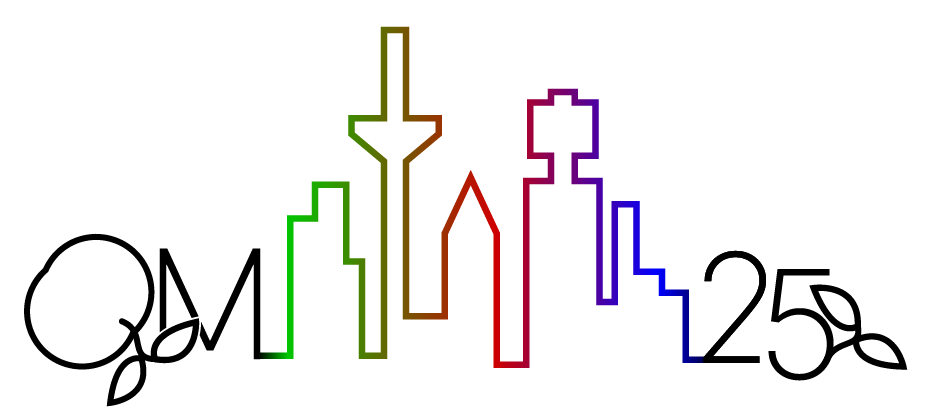Speaker
Description
Although strong magnetic fields are expected in off-central heavy ion collisions, directly measuring their imprints, such as chiral magnetic effects, remains challenging. In this talk, we propose baryon electric charge correlation, $\chi^{\rm BQ}_{11}$, as well as the chemical potential ratio, $\mu_{\rm Q}/\mu_{\rm B}$, as useful probes for the detection of magnetic fields in heavy ion collisions [1]. This is based on (2+1)-flavor lattice QCD simulations at the physical pion mass. Along the transition line, $\chi^{\rm BQ}_{11}$ and $\mu_{\rm Q}/\mu_{\rm B}$ for Pb+Pb collisions increase by factors of 2.1 and 2.4, respectively, at a magnetic field strength of $eB\simeq 8m_{\pi}^2$. The latter also varies across different collision systems, increasing by a factor of 1.5 from Zr+Zr to Ru+Ru isobar collisions. We will also discuss possible experimental analyses which could be carried out across various centrality classes or in different collision systems exhibiting distinct $eB$ values.
[1] Heng-Tong Ding, Jin-Biao Gu, Arpith Kumar, Sheng-Tai Li and Jun-Hong Liu, Phys. Rev. Lett. 132, 201903(2024)
| Category | Theory |
|---|
